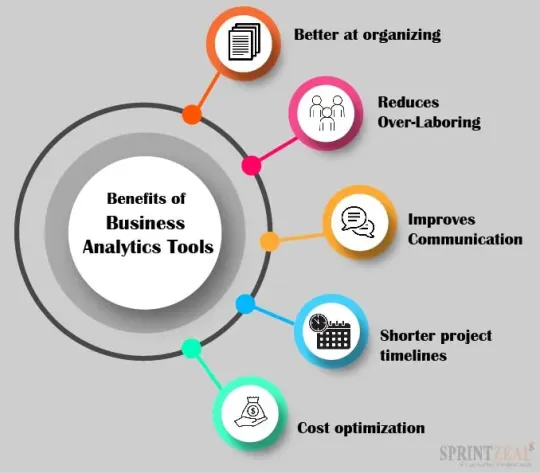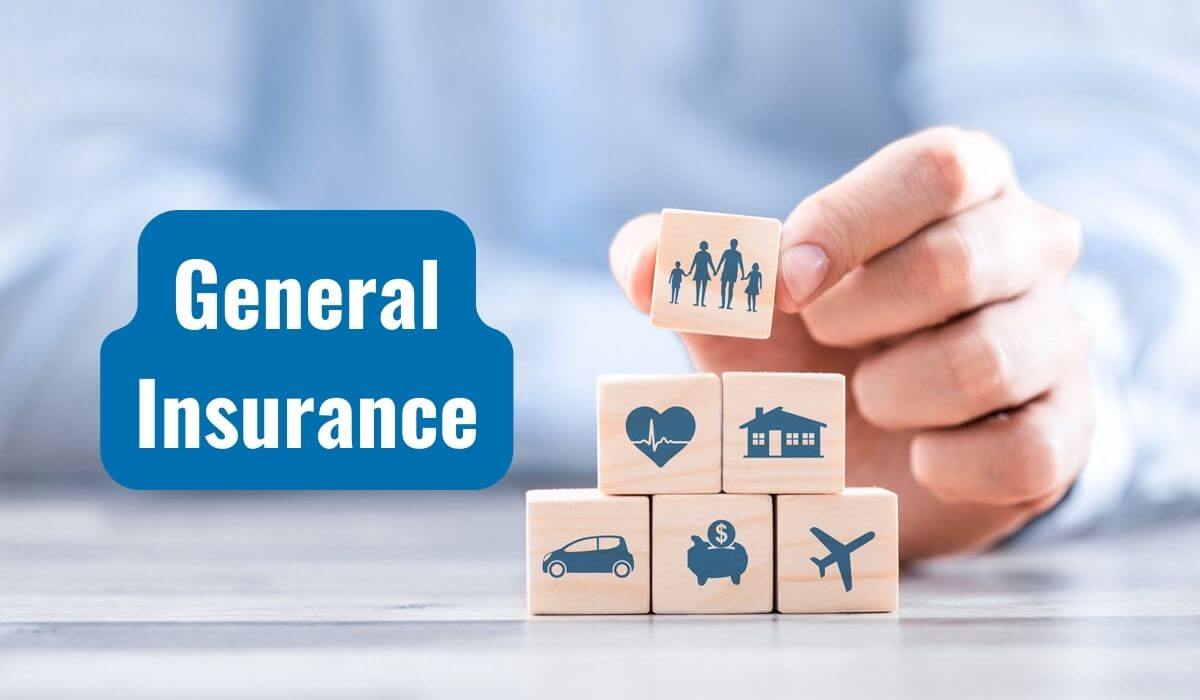Muscle Spasms After Car Accidents: A Guide to Symptoms and Relief
Have you ever experienced muscle spasms after a car accident? If so, you’re not alone. Muscle spasms are a common symptom of whiplash and other car accident injuries. They can cause pain, stiffness, and decreased range of motion. This can make it difficult to perform everyday activities, such as working, driving, or even sleeping.
Symptoms of Muscle Spasms After a Car Accident
Muscle spasms after a car accident can vary in severity. Some people may only experience mild spasms, while others may have severe spasms that make it difficult to move. The most common symptoms of muscle spasms after a car accident include:
- Pain: Muscle spasms can cause pain that ranges from mild to severe. The pain may be sharp or dull, and it may come and go or be constant.
- Stiffness: Muscle spasms can cause stiffness in the muscles, making it difficult to move the affected area.
- Decreased range of motion: Muscle spasms can decrease the range of motion in the affected area. This can make it difficult to perform everyday activities, such as reaching for something or turning your head.
- Tenderness: The muscles may be tender to the touch, and any pressure on the affected area may cause pain.
- Swelling: In some cases, muscle spasms can cause swelling in the affected area.
If you are experiencing any of these symptoms, it is important to see a doctor to rule out any other underlying conditions.
Causes of Muscle Spasms After a Car Accident
Muscle spasms after a car accident are caused by damage to the muscles and nerves. This damage can occur when the body is subjected to a sudden, forceful impact. The impact can cause the muscles to stretch and tear, and it can also damage the nerves that control the muscles.
The severity of the muscle spasms will depend on the severity of the damage to the muscles and nerves. In some cases, the muscle spasms may only last for a few days or weeks. In other cases, the muscle spasms may last for months or even years.
Treatment for Muscle Spasms After a Car Accident
There are a variety of treatments that can be used to relieve muscle spasms after a car accident. These treatments include:
- Rest: Rest is one of the best ways to relieve muscle spasms. When you rest, your muscles have a chance to heal and repair themselves.
- Heat or cold therapy: Heat or cold therapy can help to reduce pain and inflammation. You can apply heat or cold to the affected area for 15-20 minutes at a time, several times a day.
- Massage: Massage can help to relax the muscles and relieve pain. You can massage the affected area yourself or have a massage therapist massage it for you.
- Medication: There are a variety of medications that can be used to relieve muscle spasms. These medications include muscle relaxants, pain relievers, and anti-inflammatory medications.
If you are experiencing muscle spasms after a car accident, it is important to see a doctor to rule out any other underlying conditions and to get the best treatment for your condition.
Muscle Spasms After a Car Accident: A Guide to Causes and Treatment
If you’re experiencing muscle spasms after a car accident, you’re not alone. Muscle spasms are a common side effect of the trauma that your body has endured. They can be painful, frustrating, and even debilitating. But what exactly causes these spasms, and what can you do to relieve them?
Causes of Muscle Spasms After a Car Accident
Muscle spasms can occur after a car accident due to various reasons. One common cause is damage to the muscles, tendons, and ligaments. This damage can happen when your body is suddenly jolted or twisted during the impact of the collision. These injuries can lead to inflammation and pain, which can then trigger muscle spasms.
Another possible cause of muscle spasms after a car accident is nerve damage. Nerves can be compressed or stretched during the accident, leading to pain, numbness, and muscle spasms. Additionally, emotional stress and anxiety following an accident can also contribute to muscle tension and spasms.
In some cases, muscle spasms may also be a sign of a more serious underlying injury, such as a spinal cord injury or a herniated disc. If you’re experiencing severe pain, weakness, or numbness, it’s important to seek medical attention immediately.
Treatment Options for Muscle Spasms After a Car Accident
If you’re dealing with muscle spasms after a car accident, there are several treatment options available to help relieve discomfort and speed up recovery. Some of these include:
Rest and Ice – Resting the affected muscles and applying ice packs can help reduce inflammation and pain.
Physical Therapy – A physical therapist can help you develop exercises to improve flexibility and range of motion, which can reduce spasms.
Massage – Massage therapy can help relax tight muscles and relieve pain.
Medication – In some cases, medication may be necessary to control muscle spasms.
Alternative Therapies – Some people find relief from muscle spasms using alternative therapies such as acupuncture, yoga, or meditation.
It’s important to note that the best treatment option for muscle spasms after a car accident will vary from person to person. It’s always best to consult with a doctor or physical therapist to determine the most effective course of treatment for your unique situation.
Muscle Spasms After a Car Accident: What You Need to Know
If you’ve been in a car accident, you may be experiencing muscle spasms. These involuntary muscle contractions can be painful and debilitating, making it difficult to move around or even sleep. While muscle spasms are common after a car accident, they can also be a sign of a more serious injury. It’s important to see a doctor to rule out any underlying medical conditions.
In the meantime, there are a few things you can do to relieve muscle spasms at home. Rest is one of the most important things you can do. Avoid strenuous activity and give your muscles time to heal. Ice can also help to reduce inflammation and pain. Apply an ice pack to the affected area for 15-20 minutes at a time, several times a day.
Treatment for Muscle Spasms After a Car Accident
The treatment for muscle spasms after a car accident will vary depending on the severity of the spasms and the underlying cause. In some cases, simple home remedies such as rest, ice, and pain medication may be enough to relieve the spasms. In other cases, more aggressive treatment such as physical therapy or chiropractic care may be necessary.
Physical Therapy for Muscle Spasms
Physical therapy can be a helpful treatment for muscle spasms after a car accident. A physical therapist can help you to stretch and strengthen the affected muscles, which can help to reduce spasms. Physical therapy can also help to improve your range of motion and flexibility, which can make it easier to move around and perform everyday activities.
Chiropractic Care for Muscle Spasms
Chiropractic care is another option for treating muscle spasms after a car accident. Chiropractors use spinal adjustments to correct misalignments in the spine. These misalignments can put pressure on nerves, which can lead to muscle spasms. By correcting these misalignments, chiropractors can help to relieve muscle spasms and improve overall function.
When to See a Doctor
It’s important to see a doctor if your muscle spasms are severe or if they don’t improve with home treatment. Muscle spasms can be a sign of a more serious injury, such as a herniated disc or a pinched nerve. If you’re experiencing any of the following symptoms, see a doctor right away:
- Numbness or tingling in the affected area
- Weakness in the affected area
- Loss of range of motion in the affected area
- Pain that is severe or doesn’t improve with home treatment
Muscle Spasms After a Car Accident: A Guide to Prevention and Treatment
Muscle spasms are a common aftermath of a car accident. The sudden impact can cause muscles to tense up and spasm, leading to pain, stiffness, and discomfort. While muscle spasms usually resolve on their own within a few days or weeks, they can be quite bothersome in the meantime. Fortunately, there are steps you can take to prevent and treat muscle spasms after a car accident.
Preventing Muscle Spasms After a Car Accident
There are a few things you can do to help prevent muscle spasms after a car accident. These include:
By following these simple tips, you can help reduce your risk of muscle spasms after a car accident.
Treating Muscle Spasms After a Car Accident
If you do experience muscle spasms after a car accident, there are a few things you can do to treat them:
If your muscle spasms are severe or do not improve with home treatment, you may need to see a doctor. Your doctor may prescribe medication to help relax your muscles or refer you to a physical therapist for further treatment.
Muscle Spasms After a Car Accident: When to Seek Medical Attention
After a car accident, your body undergoes significant physical and emotional stress. One common symptom that can arise in the aftermath is muscle spasms. These involuntary contractions can be painful and disruptive, affecting your mobility and well-being. It’s crucial to understand when muscle spasms after a car accident warrant medical attention.
When to See a Doctor for Muscle Spasms After a Car Accident
If you experience muscle spasms after a car accident, it’s important to seek medical attention promptly. This is especially true if the spasms persist or don’t respond to home remedies. Severe muscle spasms, accompanied by other symptoms like numbness, weakness, or loss of function, are clear signs of potential underlying injuries that require professional evaluation.
Common Causes of Muscle Spasms After a Car Accident
Muscle spasms after a car accident can stem from various causes. These triggers often relate to the impact and forces experienced during the collision. Sudden movements or jolts can strain muscles, leading to spasms. In some cases, muscle spasms result from injuries to the nervous system or musculoskeletal system.
Treatment Options for Muscle Spasms
Depending on the underlying cause, treatment options for muscle spasms may include:
- Rest and immobilization
- Over-the-counter pain relievers
- Muscle relaxants
- Physical therapy
- Massage therapy
When Muscle Spasms Signal a Serious Injury
Certain symptoms can indicate more serious injuries that require immediate medical attention. If your muscle spasms are accompanied by:
- Numbness or tingling
- Weakness or loss of function
- Difficulty breathing
- Changes in bowel or bladder function
Seek medical attention immediately, as these symptoms may suggest nerve damage, spinal cord injury, or internal bleeding.
Preventive Measures
While not all muscle spasms after a car accident can be prevented, taking certain precautions can reduce your risk:
- Wear a seatbelt properly to minimize sudden muscle strain.
- Practice proper posture and ergonomics to maintain healthy muscle balance.
- Stay physically active to strengthen muscles and improve flexibility.




Leave a Reply